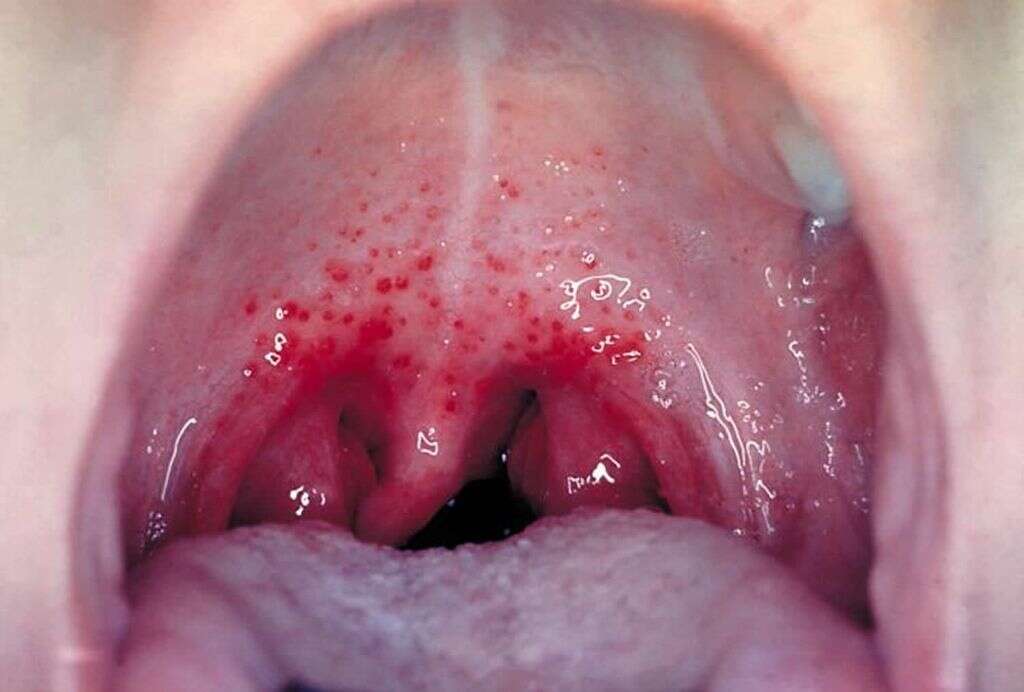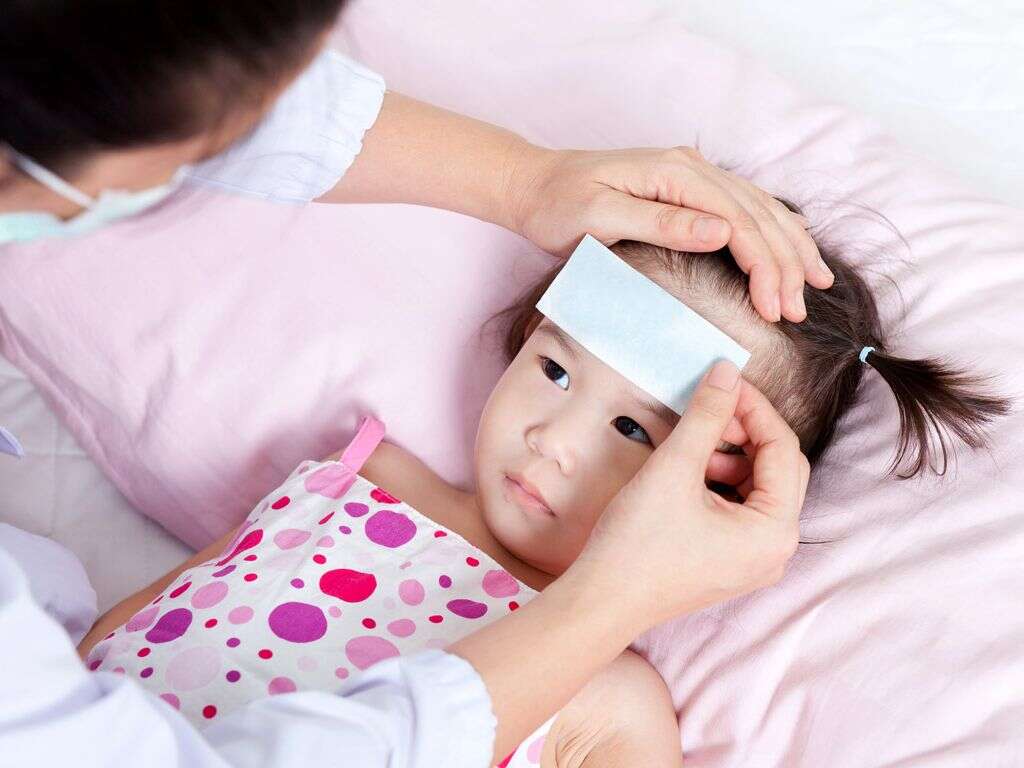What Is Strep Throat?
Kids tend to get sick more often than adults do. This is due to a number of reasons, including not yet having been exposed to certain diseases, and the tendency for them to stay closer together in groups than adults do. Thankfully, the majority of disease that kids do get are quite harmless.
Among the most common of these is strep throat. It can be painful for the patient but, thankfully, it is unlikely to do any lasting damage. It should still be treated quickly though because it can get a lot worse otherwise. As such, it helps to know the signs to look out for.

1. Strep Throat
Strep throat is a fairly common infection that is caused by the streptococcus bacterium. It can affect people of all ages but it most often occurs in children. Strep throat is also relatively easy to treat with antibiotics and, in most cases, the patient will have made a full recovery after just a few days or so. It can lead to more serious conditions if left untreated, however, so it is important to ensure the patient is monitored. If their condition does not improve after a couple of days from the onset of symptoms, then they should see a doctor.

2. Sore Throat
Perhaps the most characteristic of all symptoms of strep throat is a sore throat. The pain can be difficult for the patient to deal with, especially when they are young. Whereas most of the time a sore throat will develop gradually, it is likely to come on quickly in cases of strep throat.
The pain in the throat is likely to make it difficult to eat food because of the pain caused by swallowing. Regardless of the pain, it is important that the patient continues to get all the nutrition they need, partly because this will aid their recovery. Throat lozenges will be able to help soothe the pain, and a doctor may prescribe something.

3. Red Spots
If the patient has a sore throat, it is a good idea to take a look inside the mouth for clues of what might be causing it. In the case of strep throat, you should find some signs that stand out quite clearly. One of these is small red spots located at the back of the throat and on the roof of the mouth. In addition, you will likely notice that the patients tonsils are swollen and red.
You might also notice white areas of pus on the tonsils. If you do spot these signs, it is best to make an appointment with a doctor so the patient can get the appropriate treatment.

4. Fever
One of the first things we tend to do when we suspect a child is ill is to place a hand on their forehead. This allows us to tell whether or not they feel a bit hot and, if they do, out comes the thermometer. In many cases, a fever is confirmed, but this is not usually something to be worried about.
A fever is part of our body’s natural defenses against pathogens. It might be uncomfortable for the patient, but a fever is helping to make them safe and, hopefully, shorten the lifetime of the illness. Alongside fevers are usually aches and pains, and this is also a side effect of the body’s immune system fighting off intruders.

5. Swollen Neck
In some cases, the patient will have a visibly swollen neck. The swelling can also be felt by touch, but the area is likely to be quite tender for the patient. In cases of strep throat, this swelling is also certainly caused by swollen lymph nodes. Lymph nodes are small glands that make up part of the immune system.
Their role is to filter unwelcome intruders from the blood while also acting as a kind of outpost for white blood cells. They can become swollen when there are a lot of pathogens in the body, and this can cause the neck to become swollen overall as well.

6. Headache
We will sometimes get a headache even when we are not sick, so the presence of the symptom would not usually have us concerned. It can be a sign of an illness in some cases, however, and strep throat is one example of an illness that can cause the condition. In addition to having a headache, patients with strep throat will often feel nauseous.
This won’t necessarily cause them to throw up, but it will in many cases. Nausea and vomiting are more likely to arise in younger children, and it can become problematic if the condition is too severe.

7. Scarlet Fever
Strep throat is fairly easy to treat. That does not mean to say it should not be addressed with a degree of urgency, however, because it can develop into a condition that is rather more serious. One example of such a condition is scarlet fever, and scarlet fever has the potential to be very serious indeed.
Scarlet fever only occurs when cases of strep throat have become more severe. The symptoms of scarlet fever are mostly similar to those of strep throat, only they are more severe. Scarlet fever itself is relatively easy to treat but, again, treatment should be sought for the patient as soon as possible.

8. Rheumatic Fever
If left untreated, and/or if the patient is particularly vulnerable, strep throat can develop into rheumatic fever. This is potentially somewhat more serious with symptoms that are more severe than scarlet fever. Patients will often develop scarlet fever before then developing rheumatic fever.
Rheumatic fever can be very painful for the patient. What’s worse is that it can lead to permanent and potentially dangerous damage, particularly to the patients heart. It can be treated, but at this stage it should be treated as an emergency and hospitalization is likely to be needed. Getting it treated early could literally save a life.

9. Contagiousness
The streptococcus bacterium is an airborne pathogen, and is mostly spread when people sneeze and cough. It is highly contagious, and can be picked up by inhaling the pathogen directly, or by transferring it from objects such as cutlery and contaminated surfaces. It is most common in children, and this is largely because children tend to stay quite close together in groups, especially when at school.
One way of helping to prevent the spread of the disease is to wash items and surfaces regularly, and try to avoid having children share food and drinks. The bacterium remains dormant for 1-5 days before symptoms show, but it is still contagious during this time.

10. Treatment
As mentioned, treatment is fairly straightforward. Usually, a course of antibiotics is all that is needed. Treatment is also usually quite swift with most patients making a full recovery in a couple of days or so. Treatment is also available to help soothe the patients symptoms. As mentioned, strep throat can develop into more serious conditions so treatment should always be sought.
If the patient is still showing symptoms after a few days, and/or the symptoms are too severe, you should make an appointment to see a doctor as soon as you can.












